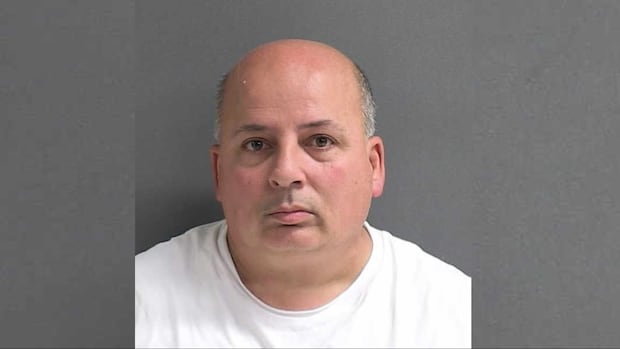I’ve reviewed dozens of pages of detention records and conducted interviews with legal experts to piece together what happened to a 50-year-old Canadian who died while in U.S. Immigration and Customs Enforcement (ICE) custody after repeatedly raising concerns about his health.
Francesco Guarraci-Noviello died on March 21 in a Georgia hospital after being detained at Stewart Detention Center, one of America’s largest immigration detention facilities. Records show he had complained of chest pain and breathing difficulties for days before receiving emergency care.
“The tragedy here is that warning signs were apparently ignored,” said Erika Pinheiro, litigation and policy director at Al Otro Lado, a binational legal services organization. “When detention staff fail to respond adequately to medical complaints, the consequences can be fatal.”
Guarraci-Noviello, a permanent resident of Canada since 2009, was taken into ICE custody after a minor drug possession charge. According to family members I spoke with, he had traveled to the U.S. to visit relatives in Florida when he was arrested during a traffic stop.
Documents obtained through a freedom of information request reveal Guarraci-Noviello requested medical attention at least three times in the week before his death. Detention logs show his first complaint was documented on March 15, but he wasn’t transferred to a medical facility until March 20, when he was found unresponsive in his cell.
The Stewart Detention Center, operated by private prison corporation CoreCivic under contract with ICE, has faced previous scrutiny over medical care. A 2020 report by the Department of Homeland Security’s Office of Inspector General found “violations that threatened the health, safety, and rights of detainees” at the facility.
I contacted Global Affairs Canada, which confirmed they are “aware of the death of a Canadian citizen” and are “providing consular assistance to the family.” A spokesperson declined to provide further details, citing privacy concerns.
Dr. Lianna Marks, a physician who works with immigration advocacy groups on detention health standards, reviewed the available records at my request. While not involved in Guarraci-Noviello’s care, she noted troubling patterns.
“What we see repeatedly in these cases is a dangerous delay between when symptoms are reported and when emergency care is provided,” Marks said. “Chest pain is a red flag symptom that should trigger immediate medical evaluation.”
Guarraci-Noviello’s sister, Maria Guarraci, told me by phone from Montreal that the family is devastated and searching for answers. “He told them he couldn’t breathe. He told them his chest hurt. Why didn’t they help him sooner?”
ICE’s handling of detainee medical care has faced mounting criticism. A 2019 investigation by the House Committee on Homeland Security found “ICE detainees face significant barriers to adequate medical care.” The report documented cases where “detainees with urgent medical needs have been ignored or received inadequate care.”
According to the American Civil Liberties Union, at least 84 people have died in ICE custody since 2018. Many of these deaths involved questions about medical care.
When I reached out to ICE for comment, a spokesperson provided a statement confirming Guarraci-Noviello “was pronounced deceased by hospital medical staff” but declined to address specific questions about his medical treatment, citing an ongoing investigation.
CoreCivic, which operates the Stewart facility, also declined to comment on specific allegations, stating they “take the health and safety of those entrusted to our care very seriously.”
Canadian officials told me consular services are working with U.S. authorities to facilitate the return of Guarraci-Noviello’s remains to his family in Montreal. They’ve also requested a full accounting of the circumstances surrounding his death.
Neha Misra, an immigration attorney with the Southern Poverty Law Center’s Southeast Immigrant Freedom Initiative, says cases like this highlight systemic problems. “When someone enters immigration detention, they’re completely dependent on the facility for their medical care. When that system fails, people die.”
Advocates point to a lack of independent oversight as part of the problem. Unlike prisons, immigration detention centers often operate with limited external monitoring. The Citizens for Responsibility and Ethics in Washington has documented how private contractors like CoreCivic have spent millions lobbying against increased oversight and detention standards.
For Guarraci-Noviello’s family, policy debates offer little comfort. His sister Maria says they’re focused on bringing him home and seeking accountability. “We trusted that he would be treated humanely. Now we’re planning his funeral.”
As Canadian officials press for answers, Guarraci-Noviello’s death raises urgent questions about the treatment of foreign nationals in U.S. immigration detention and the responsibilities countries have to protect their citizens abroad. His story serves as a stark reminder of what can happen when vulnerable people fall through the cracks of complex immigration enforcement systems.






